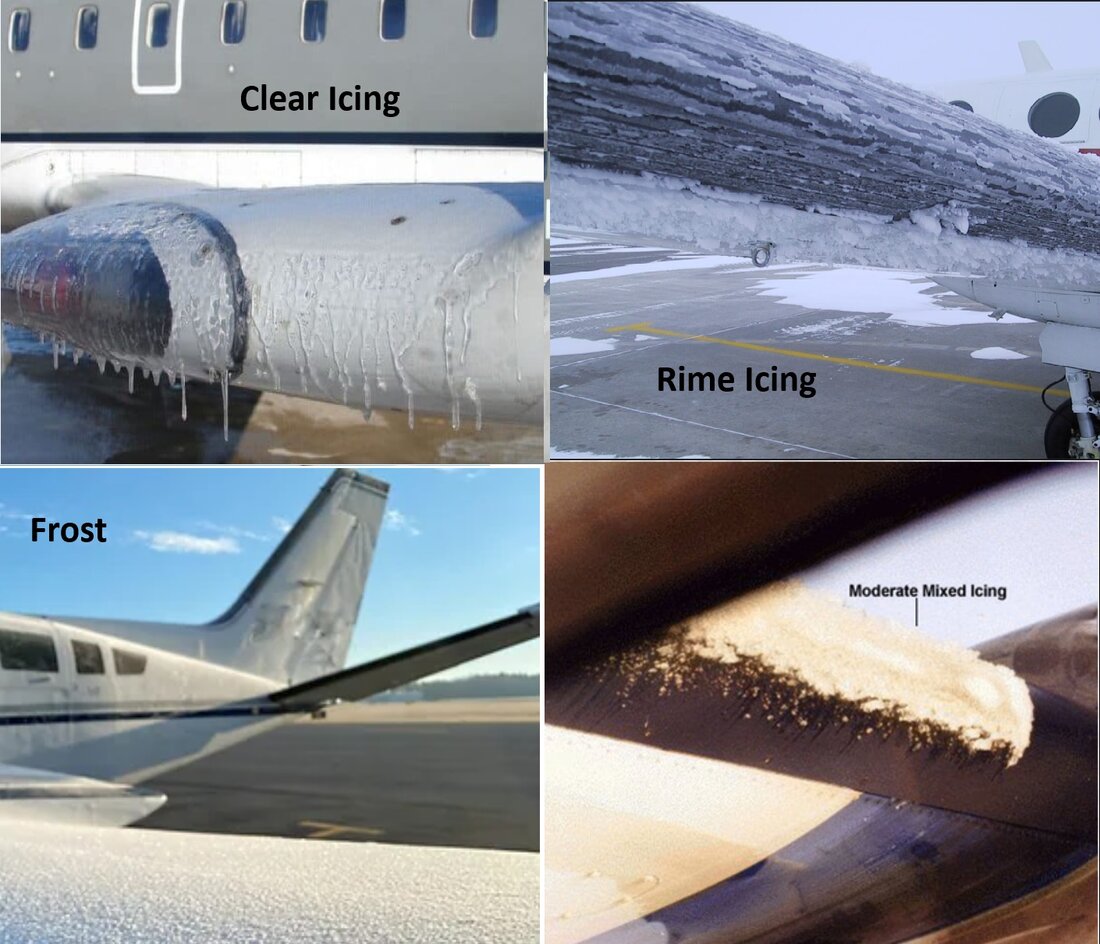
Voepass ATR72 crash in Brazil and airframce icing.
ACCIDENT DETAILS
Unless you live under a rock you probably heard about the Voepass ATR72 which crashed in Brazil a few days ago. First and foremost we are not going to jump into conclusions. 2 pilots, 2 cabin crew and 58 passengers died. The official investigation will reveal more information in time. What we can do is work with some facts and try to identify possible hazards that were present during the accident. One of them is severe icing reported in the area.
SIGMET : SBBS SIGMET 2 VALID 091530/091930 SBBS - SBBS BRASILIA FIR SEV ICE FCST WI S1809 W05326 - S2020 W05127 - S2220 W04955 - S2307 W04734 - S2338 W04639 - S2314 W04552 - S2248 W04546 - S2140 W04452 - S1804 W05226 - S1809 W05326 FL120/210 STNR NC=
Severe icing reported between FL120 and FL210. The aircraft was flying at FL170.
In the ATR72 severe icing is an actual emergency with associated memory items and a checklist, but instead of going very technical we should think about icing as a hazard in general. Your best option is to anticipate and avoid if you can, even if you are flying a jet with hot bleed air, severe icing is definitely something you want to get out of ASAP.
TYPES OF ICING
Clear: When large supercooled water droplets freeze on contact with the airframe.
Rime: When small supercooled water droplets freeze instantly, instant in the literal sense, the air does not have enough time to escape before freezing.
Mixed: A combination of clear and rime ice.
Frost: Forms on aircraft surfaces when water vapor sublimates directly into ice crystals, typically while the aircraft is parked.
Dangers
Increased weight: Ice build up can significantly increase weight.
Reduced lift: Ice decreases the wing's ability to generate lift.
Increased drag: Icing creates more drag because it disrupts the airflow.
Blocked pitot tubes and static ports: Can lead to unreliable airspeed and altitude readings.
Control surface jamming: Ice can restrict or jam control surfaces.

Attila Kis
ATPL Course Supervisor
a.kis@easy-pilot.com


